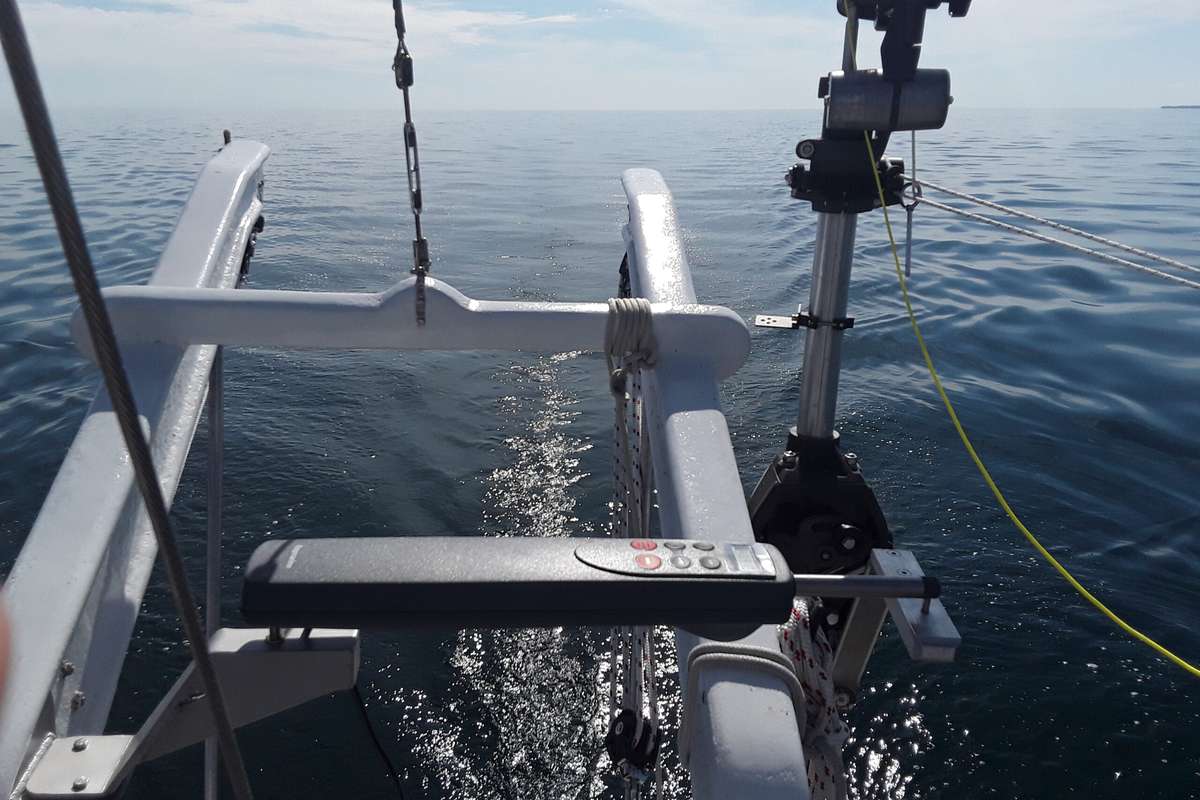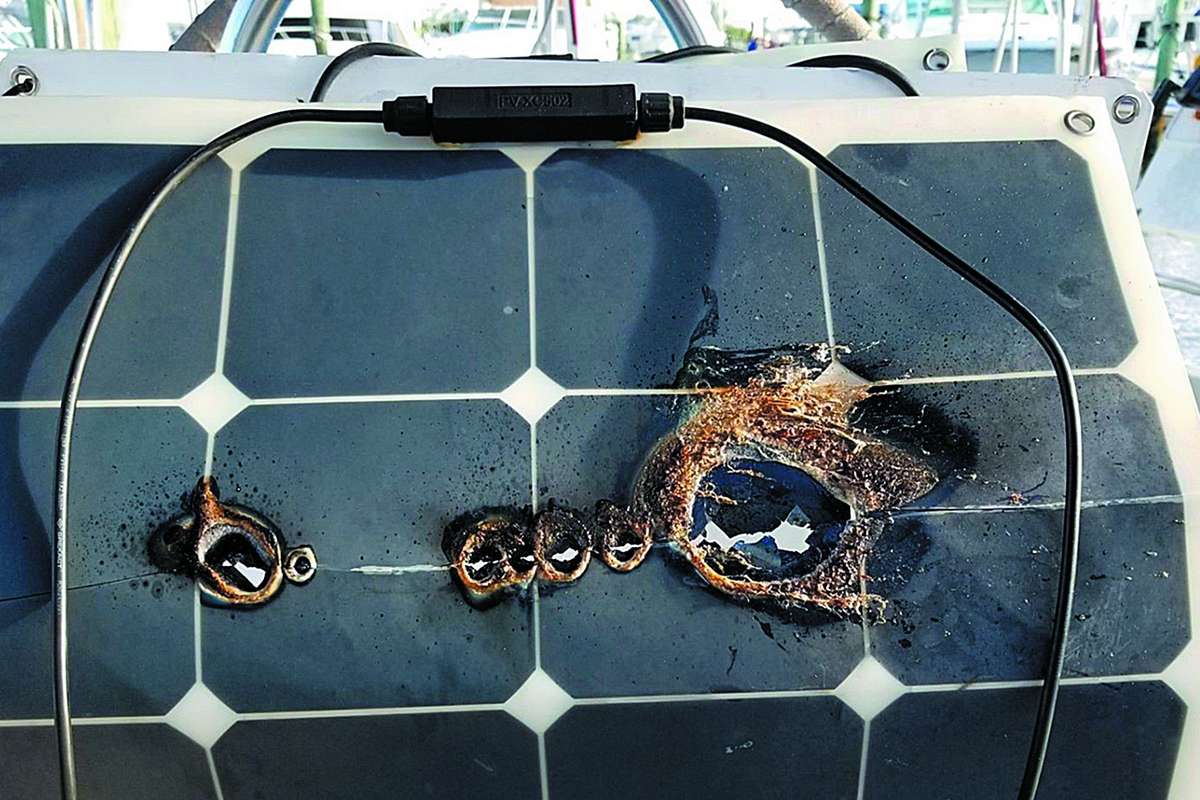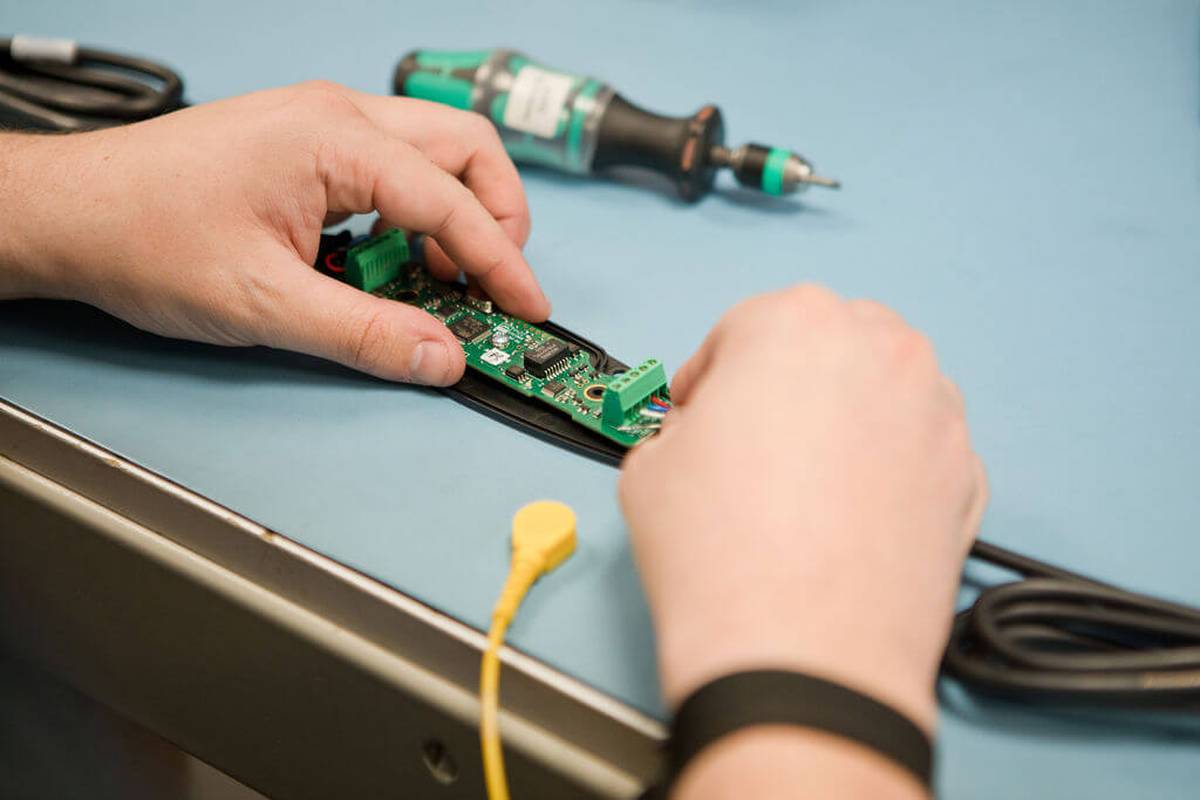The tillerpilot is an invaluable asset for single-handers and small crews who wish to manage long voyages with fewer hands on deck. This handy device maintains your boat’s course, relieving you from the constant need to make manual adjustments.
However, its utility extends beyond merely holding a straight line; with a little know-how, you can turn your tillerpilot into a versatile tool for a variety of sailing conditions.
That said, here’s how you can take your tillerpilot to the next level:
Calibrate for Optimum Performance
Out-of-the-box settings work well, but to truly make the most of your tillerpilot, take the time to calibrate it to your boat’s unique requirements.
Consider adjusting the gain and damping settings to minimize erratic movements or overshooting the set course.
Keep in mind that a well-calibrated unit is more energy-efficient and more responsive to changing conditions.
Integrate with Navigation Systems
Modern tillerpilots can often be integrated with chartplotters and wind instruments. By doing so, you unlock features such as waypoint navigation and wind vane mode.
This allows your tillerpilot to adjust its course based on set GPS coordinates or the wind angle, giving you the ability to execute more complex voyages while maintaining maximum efficiency.
Implement Redundancies
Tillerpilots are durable, but they’re also prone to mechanical failure, particularly during extended use.
Installing a backup tillerpilot can ensure that you’re never stuck manually steering, which can be exhausting and dangerous in rough conditions. Carry spare parts, such as belts or drive pins, and make sure you know how to replace them at sea.
Understand the Limits
While it’s tempting to fully depend on your tillerpilot, it’s crucial to understand its limitations. Heavy weather, rapid course changes, or unexpected obstacles may require manual intervention.
Always keep a watchful eye on the horizon and be prepared to take over control when necessary.
Power Management
Tillerpilots can be power-hungry devices, especially when battling strong winds and currents. Invest in an energy-efficient model and consider coupling it with renewable energy sources like solar panels or wind turbines.
This ensures that your unit remains functional even on long voyages where electricity is at a premium.
Regular Maintenance
Like any marine electronics, a tillerpilot requires regular upkeep. Clean and lubricate moving parts, inspect the electrical connections, and update the firmware to ensure that your device operates at peak performance.
By taking these steps, you’ll elevate the capabilities of your tillerpilot, transforming it from a mere course-holding tool into an essential component of your sailing arsenal.
Whether you’re embarking on a transatlantic voyage or a weekend cruise, a well-tuned tillerpilot will make your journey safer, more enjoyable, and more efficient.





Leave a Reply